In J.R.R. Tolkien's richly crafted universe, Eru Ilúvatar stands as the supreme deity and creator of all existence. As the architect of Arda, Eru's nature and involvement in the world have intrigued readers and scholars alike. One question that often arises is whether Eru himself ever takes physical form within the realm he created.

Eru Ilúvatar does not incarnate in Tolkien's legendarium. Unlike the Ainur, who can take on physical forms, Eru remains a purely spiritual entity outside the confines of the physical world. His influence is primarily felt through his initial creation and occasional direct interventions in pivotal moments of Middle-earth's history.
While Eru does not incarnate, his presence is deeply woven into the fabric of Tolkien's world. The Children of Ilúvatar - Elves and Men - are considered incarnate beings, possessing both fëa (soul) and hröa (body). This unique status sets them apart from other creations and reflects Eru's special relationship with these races, even as he remains transcendent and unembodied.
Eru Ilúvatar: The Supreme Being

Eru Ilúvatar stands as the ultimate deity in J.R.R. Tolkien's fictional universe. He is the creator of all existence and possesses unparalleled power and knowledge.
Identity and Attributes of Eru
Eru Ilúvatar is the supreme being of Eä, Tolkien's fictional universe. His name combines two elements: "Eru" meaning "The One" and "Ilúvatar" signifying "Allfather" in Quenya, an Elvish language.
Eru is omniscient and omnipotent, with the unique ability to create souls. He exists beyond the physical realm of Arda (the world) and its inhabitants.
As the sole creator, Eru brought forth the Ainur, powerful angelic beings who assisted in shaping the universe according to his vision.
Eru's Role in Tolkien's Legendarium
Eru Ilúvatar plays a crucial role in Tolkien's cosmology. He initiated the creation of the universe through the Great Music of the Ainur, a symphonic representation of his grand design.
While Eru rarely intervenes directly in the affairs of Middle-earth, his influence is ever-present. He grants free will to his creations but maintains ultimate authority over the fate of the world.
Eru's most significant direct interventions include:
- The creation of Elves and Men
- The removal of Númenor when it rebelled against the Valar
- The resurrection of Gandalf after his battle with the Balrog
Valar and Maiar: Eru's Divine Agents

In Tolkien's legendarium, the Valar and Maiar serve as Eru's divine agents in shaping and governing Arda. These powerful beings, collectively known as the Ainur, play crucial roles in the creation and maintenance of the world.
Distinction Between Valar and Maiar
The Valar are the most powerful of the Ainur, often referred to as the Powers of Arda. They include beings like Manwë, Varda, Ulmo, Aulë, and Yavanna. These entities possess greater authority and strength compared to their lesser counterparts.
The Maiar, on the other hand, are spirits of lesser power who serve the Valar. Notable Maiar include Gandalf, Sauron, and the Balrogs. While still immensely powerful, they are subordinate to the Valar in the divine hierarchy.
Both Valar and Maiar can take physical form, though the Valar rarely do so after the shaping of Arda. The Maiar more frequently interact with the Children of Ilúvatar in corporeal forms.
Eru and the Sub-creative Powers of the Ainur
Eru Ilúvatar, the supreme deity, granted the Ainur sub-creative powers to assist in the shaping of Arda. This ability allows them to contribute to the world's creation and ongoing development, but always within the limits set by Eru.
The Music of the Ainur, orchestrated by Eru, formed the blueprint for Arda. Each Vala and Maia contributed their unique themes, resulting in a complex and beautiful world. However, Melkor (later known as Morgoth) introduced discord, leading to imperfections in the physical realm.
Eru's ultimate plan remains mysterious, even to the Valar. They act as stewards, guiding the world according to their understanding of Eru's will, but cannot alter the fundamental nature of creation or go against Eru's designs.
The Creation and Shaping of Arda

Eru Ilúvatar, the supreme being in Tolkien's legendarium, set in motion the creation of Arda through the Music of the Ainur and the power of the Flame Imperishable. His direct involvement shaped the world and its inhabitants in profound ways.
The Music of the Ainur and the Flame Imperishable
The creation of Arda began with the Ainulindalë, the Great Music of the Ainur. Eru instructed the Ainur to sing, and their harmonies formed the blueprint for the world.
The Flame Imperishable, also known as the Secret Fire, played a crucial role. This mysterious force, wielded by Eru alone, brought the Music's vision into physical reality.
Melkor, one of the mightiest Ainur, introduced discord into the Music. Despite this, Eru incorporated these discordant elements into a greater, more complex theme.
Eru's Direct Involvement in the World
After the Music, Eru took an active role in shaping Arda. He gave the Flame Imperishable to Arda, bringing it into existence as more than just a vision.
Eru intervened at key moments in Arda's history. He created Elves and Men directly, setting them apart as his Children.
When the Númenóreans attempted to invade Aman, Eru reshaped the world. He made Arda round and removed Aman from its physical confines.
Eru's involvement extended to smaller acts as well. He was said to have a hand in Bilbo finding the One Ring, showing his subtle influence on events.
The Children of Ilúvatar

The Children of Ilúvatar, also known as Eruhíni, are the two primary races created by Eru Ilúvatar in J.R.R. Tolkien's legendarium. These races possess unique characteristics and play crucial roles in the history of Middle-earth.
Elves and Men: The First and Secondborn
The Elves and Men are the two main races of the Children of Ilúvatar. Elves, or Quendi in Quenya, are the Firstborn. They possess immortality and do not age naturally. Their fëa (spirit) and hröa (body) are bound to Arda.
Men, also called Atani or Edain, are the Secondborn. Unlike Elves, they are mortal and subject to death. Their fëa leaves Arda upon death, while their hröa remains.
Both races share similar physical appearances but differ in spiritual nature. Elves have heightened senses and abilities, while Men possess the "Gift of Men" – the freedom to shape their destiny beyond the Music of the Ainur.
Dwarves: Aulë's Creation under Eru's Blessing
Dwarves, though not initially part of Eru's plan, became adopted Children of Ilúvatar. Created by the Vala Aulë, they were given life by Eru himself.
Dwarves possess unique traits:
- Sturdy and resilient bodies
- Exceptional craftsmanship skills
- Resistance to corruption
Their lifespan is longer than Men but shorter than Elves. Dwarves return to the stone from which they were made upon death, with their ultimate fate remaining a mystery in Tolkien's works.
Eru's Interaction with the World

Eru Ilúvatar, the supreme deity in Tolkien's mythology, interacts with Middle-earth and its inhabitants in subtle yet profound ways. His influence shapes the fates of mortals and immortals alike, guiding events through divine providence while respecting free will.
Mortal and Immortal Fates within Tolkien's World
Eru grants different fates to mortals and immortals in Middle-earth. Immortal beings like Elves are bound to Arda, reincarnating in the Halls of Mandos if they perish. Mortals, however, leave the world upon death.
Eru's design allows mortals to shape their destinies freely. This gift of mortality becomes a source of envy for some immortals, leading to significant events like the fall of Númenor.
The Valar and Maiar, as divine beings, carry out Eru's will in Arda. They shape the physical world and guide its inhabitants, but cannot alter the fundamental nature of mortality or immortality.
Eru's Influence through Providence and Free Will
Eru rarely intervenes directly in Middle-earth affairs, preferring to work through subtle means. His influence is often seen in seemingly chance events that turn the tide of history.
Key instances of Eru's intervention include:
- The destruction of Númenor
- Gandalf's return after falling in Moria
- The destruction of the One Ring at Mount Doom
Eru respects the free will of his creations, allowing them to make choices that shape the world. This balance between divine providence and individual agency is a central theme in Tolkien's works.
Even in Valinor, the realm of the Valar, Eru's presence is felt indirectly through the guidance and wisdom of the Ainur. His design encompasses both the physical and spiritual aspects of Arda, ensuring that all events ultimately serve his greater purpose.
Major Myths and Legends Involving Eru

Eru Ilúvatar plays a pivotal role in several significant events throughout the history of Middle-earth. His direct interventions and influence shape the fates of key characters and entire realms.
Lúthien's Petition to Mandos
Lúthien's plea to Mandos stands as one of the most poignant moments involving Eru's intervention. After her mortal lover Beren died, Lúthien approached Mandos in the Halls of Awaiting.
She sang a song of such beauty and sorrow that it moved even the implacable Vala. Mandos sought counsel from Eru Ilúvatar himself.
Eru granted Lúthien a unique choice: to live in Valinor forever or return to Middle-earth with Beren as a mortal. This decision had far-reaching consequences, as it established the Half-elven lineage.
The Downfall of Númenor and Eru's Judgement
The fall of Númenor marks one of Eru's most direct and dramatic interventions in Middle-earth's history. When the Númenóreans, led by Ar-Pharazôn, attempted to invade Valinor, Eru took action.
He reshaped the world, making it round and removing Valinor from its circles. Númenor was swallowed by the sea, destroying the mighty island kingdom.
This cataclysmic event changed the face of Arda forever and demonstrated Eru's ultimate authority over his creation.
The Rings of Power and Eru's Ultimate Plan
The saga of the Rings of Power reveals Eru's subtle influence throughout Middle-earth's history. While Sauron created the One Ring to dominate others, his actions ultimately served Eru's greater design.
Eru's plan encompassed the ring's creation, its journey, and its eventual destruction in Mount Doom. This grand design led to the downfall of Sauron and the end of the Third Age.
Through seemingly small events, like Bilbo finding the ring or Gollum's role in its destruction, Eru's will shaped the fate of Middle-earth.
Theological Perspectives

Eru's role in Tolkien's legendarium reflects deep theological and metaphysical concepts. These ideas draw from Tolkien's Catholic faith and his broader philosophical views on creation and divine existence.
Eru as a Reflection of Tolkien's Own Beliefs
J.R.R. Tolkien's Catholic faith profoundly influenced his portrayal of Eru Ilúvatar. Eru, meaning "The One" or "He that is Alone", echoes the monotheistic God of Christianity. This parallel is evident in Eru's role as the sole creator of all existence.
Tolkien envisioned Middle-earth as a precursor to modern Earth, allowing him to explore Christian themes in a mythological context. Eru's act of creation mirrors the Christian concept of God's creative power and love.
The relationship between Eru and the Ainur (angelic beings) reflects the Catholic understanding of God's relationship with angels and humanity. This hierarchy emphasizes Eru's supremacy while allowing for the existence of lesser divine beings.
Metaphysical Underpinnings of Eru's Existence
Tolkien's conception of Eru draws from Neoplatonic metaphysics. This philosophical framework posits a supreme being from which all existence emanates. In Tolkien's work, Eru embodies this concept as the source of all creation.
The idea of participation, central to Neoplatonism, is evident in how Eru creates through the Music of the Ainur. This act illustrates the concept of divine will manifesting reality through emanation.
Eru's nature as both transcendent and immanent in Middle-earth reflects complex theological ideas. His direct interventions are rare, yet his presence permeates the world, mirroring theological debates about God's involvement in creation.
The Legacy of Eru in Middle-earth

Eru Ilúvatar's influence permeates J.R.R. Tolkien's legendarium, shaping the fate of Middle-earth and its inhabitants. His divine presence continues to resonate in both literary analysis and popular culture interpretations of Tolkien's works.
Cultural and Literary Impact
Eru's role as the supreme deity in Tolkien's mythology has sparked extensive discourse among scholars and fans alike. The concept of a single creator god in a fantasy setting was relatively uncommon at the time of The Silmarillion's publication, setting Tolkien's work apart from contemporaneous fantasy literature.
Eru's indirect interventions in Middle-earth's history have become subjects of literary analysis. His occasional involvement, such as sending Gandalf back as "Gandalf the White" after the wizard's death, highlights themes of divine providence and free will in Tolkien's narrative.
The portrayal of Eru has influenced subsequent fantasy authors in their worldbuilding, particularly in crafting cosmologies and divine hierarchies.
Eru's Enduring Significance in Modern Media
Eru's presence, though often subtle, continues to impact adaptations and interpretations of Tolkien's work. In Peter Jackson's film trilogy, while not directly depicted, Eru's influence is felt through the characters' actions and the overarching themes of good versus evil.
Online communities and fan forums frequently discuss Eru's nature and role, demonstrating his enduring significance in Tolkien fandom. These discussions often explore the philosophical and theological implications of Eru's creation and governance of Arda.
Video games set in Middle-earth, such as "The Lord of the Rings Online," occasionally reference Eru, further cementing his place in the expanded Tolkien universe and introducing the concept to new audiences.
Endnotes and Further Reading

For readers interested in exploring the concept of Eru's incarnation in Tolkien's works, several key texts offer valuable insights.
The Silmarillion provides essential background on Eru Ilúvatar and the creation of Arda. This work is fundamental for understanding Tolkien's cosmology and the role of divine beings.
The Letters of J.R.R. Tolkien, edited by Humphrey Carpenter, contains the author's personal reflections on his mythology. Letter 156 discusses Eru's interventions in Middle-earth's history.
Tolkien Gateway offers a comprehensive article on Ilúvatar, detailing his role in the creation of the Ainur and the shaping of Arda through the Music of the Ainur.
For analysis of Eru's rare direct interventions, the Eru Ilúvatar page on the Lord of the Rings Wiki provides examples and context.
Scholars interested in theological aspects of Tolkien's work may find "Tolkien's Theology of the Fall in 'The Silmarillion'" by Verlyn Flieger in "Tolkien: The Forest and the City" (2013) particularly illuminating.
These resources offer a range of perspectives on Eru's nature and influence, helping readers deepen their understanding of Tolkien's intricate mythology.

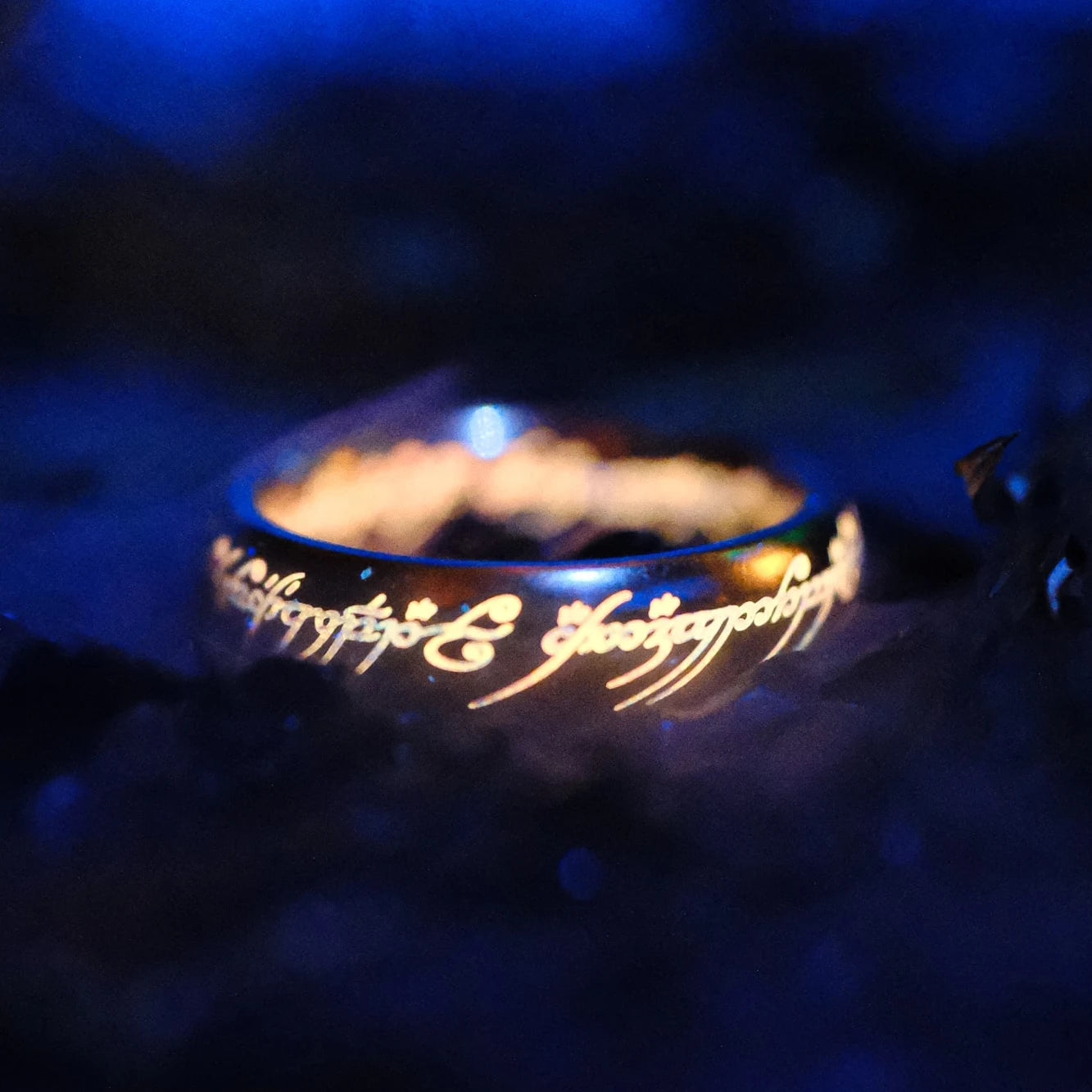

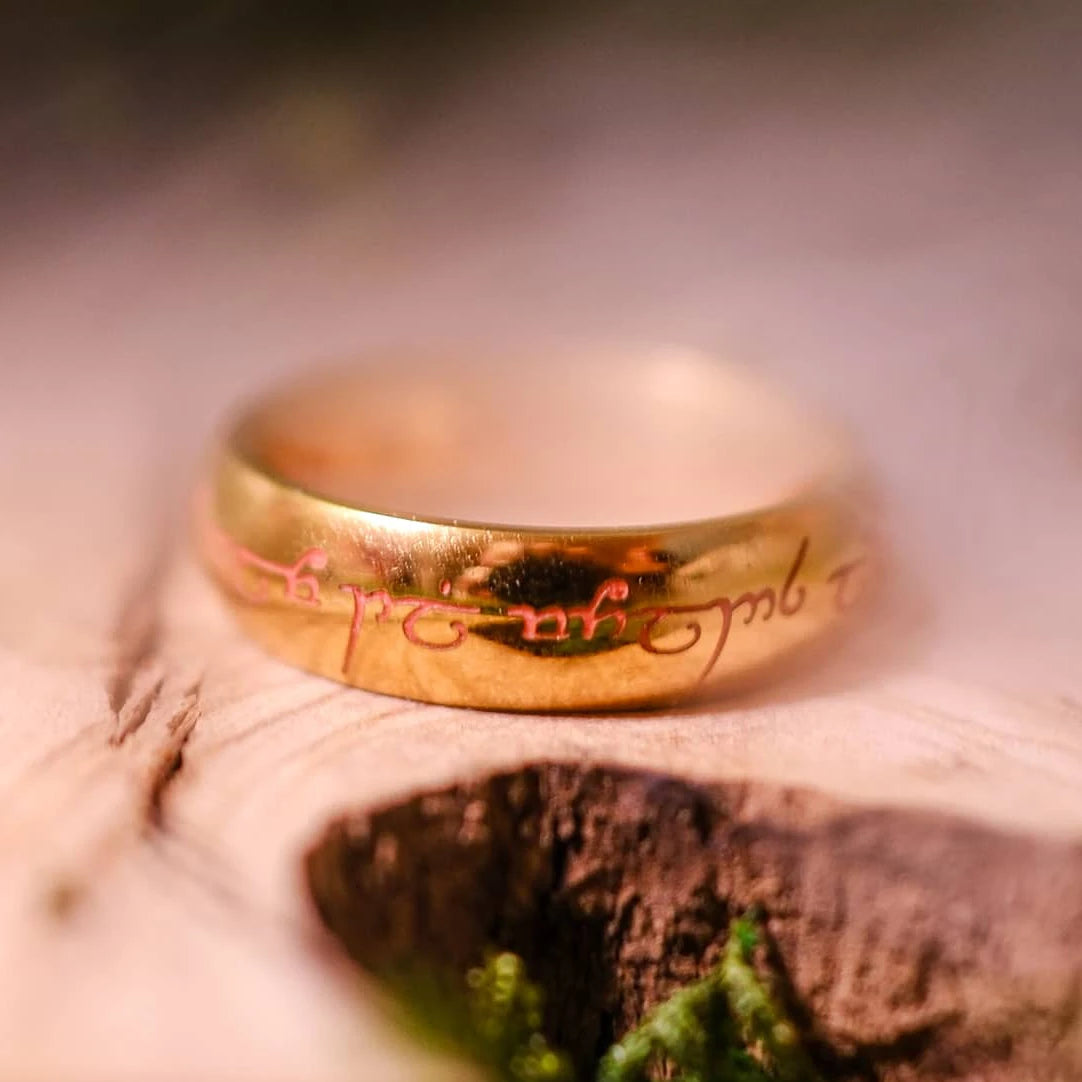
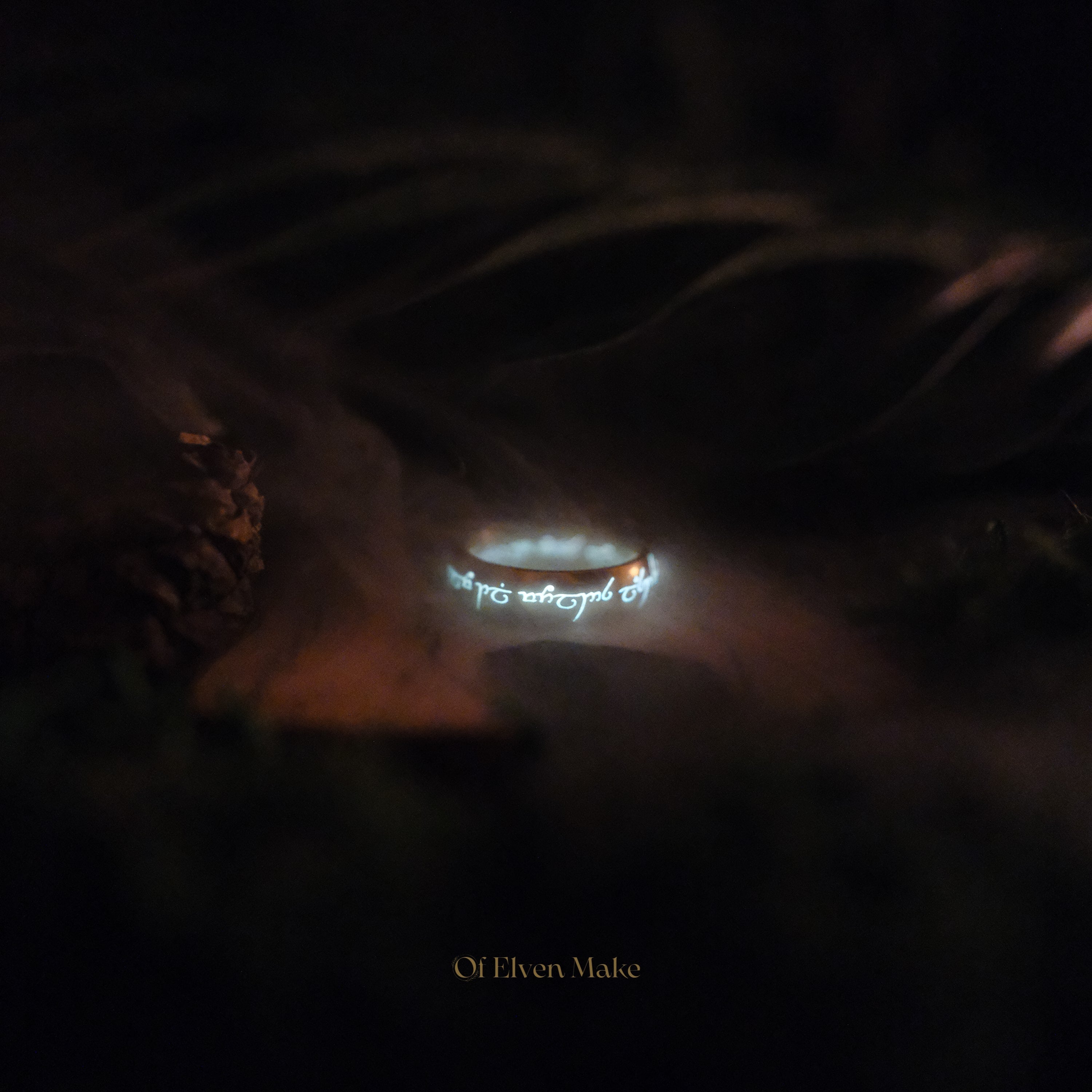
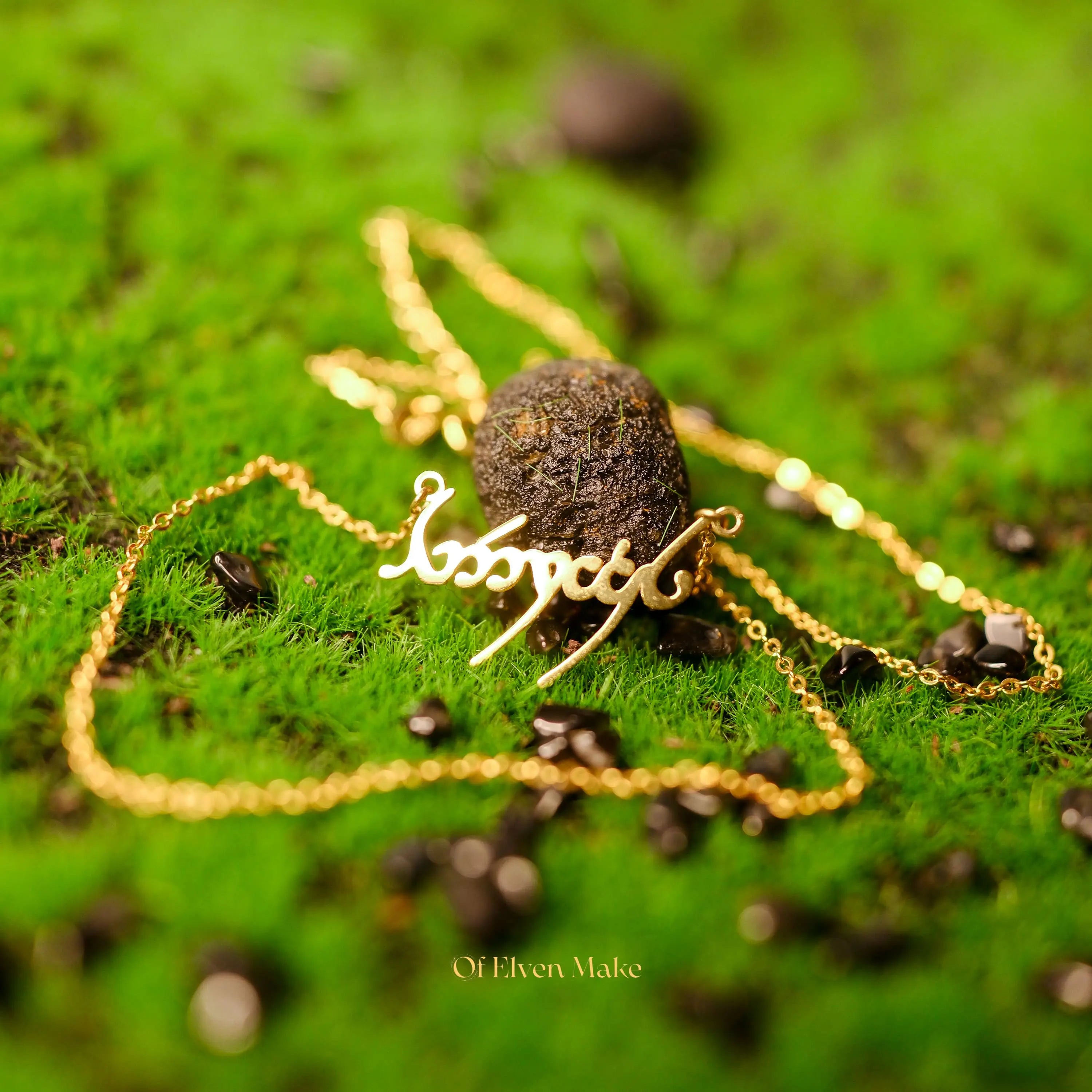
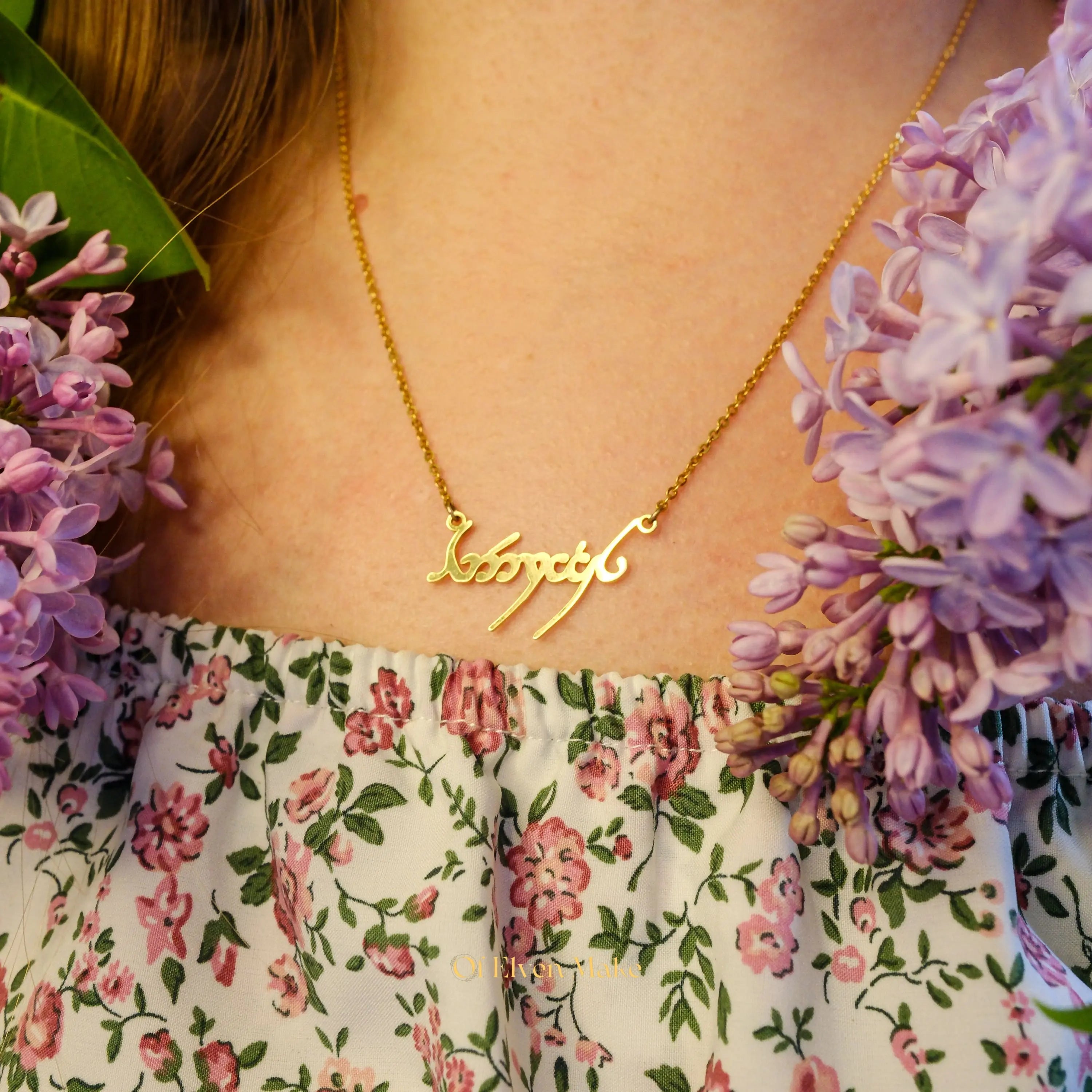


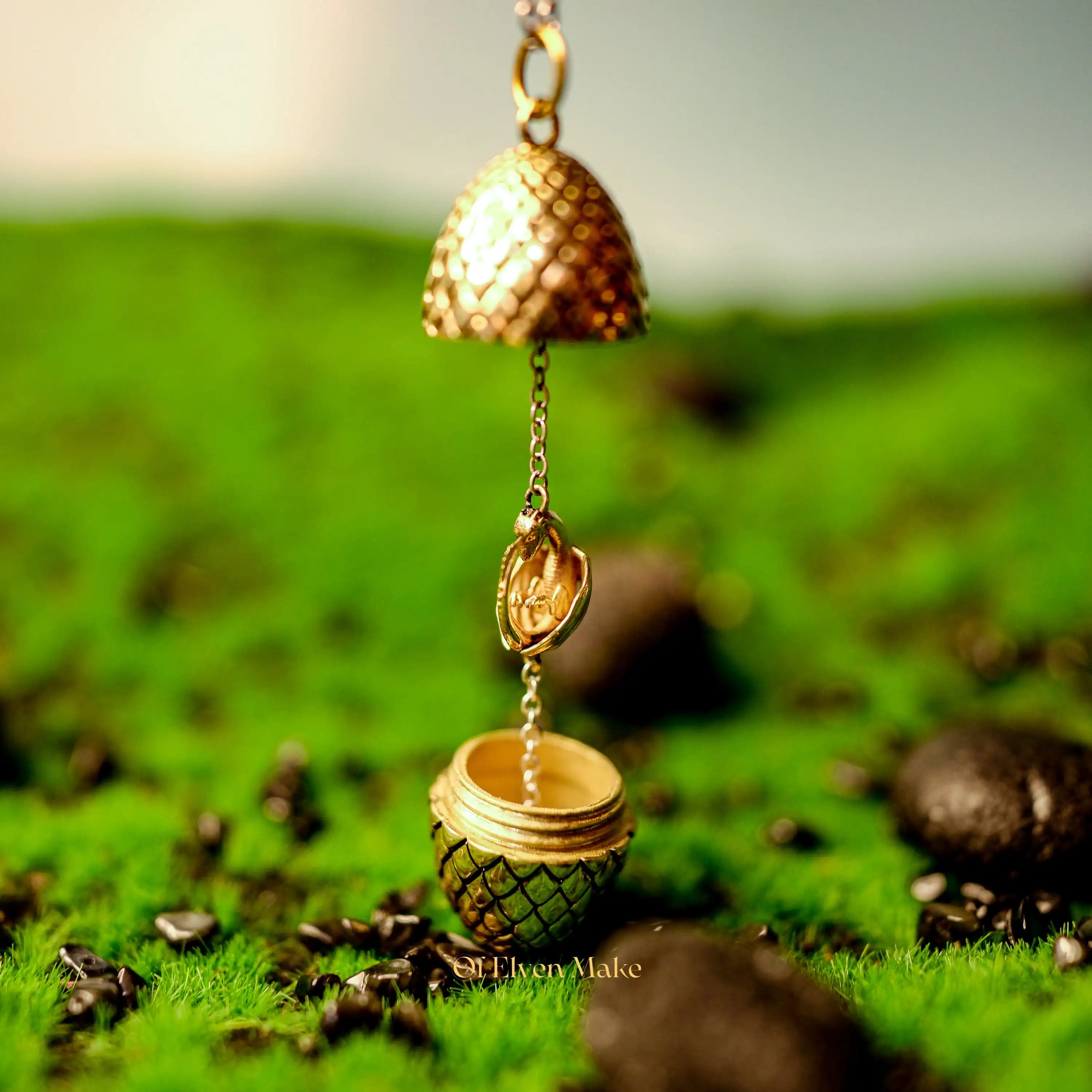
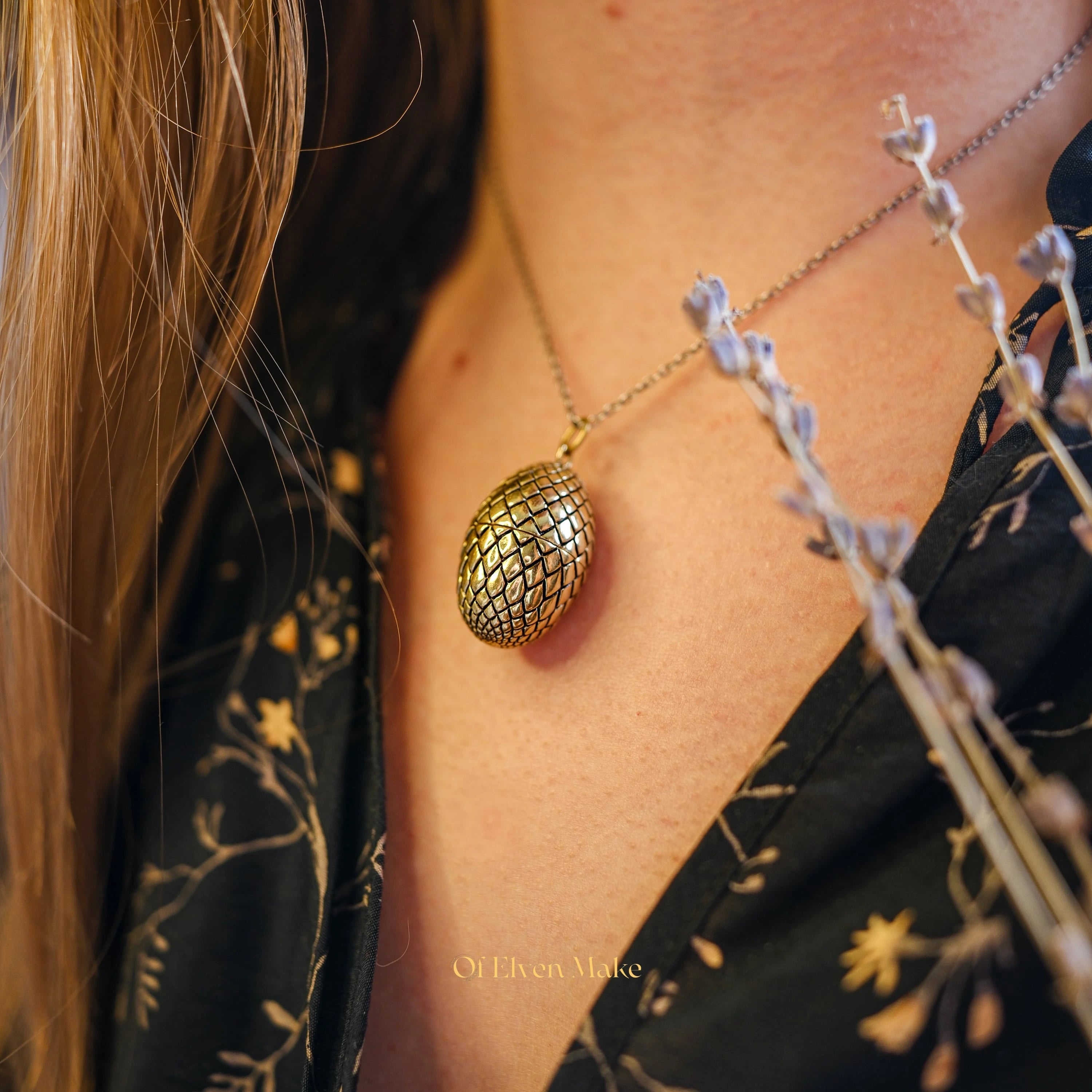
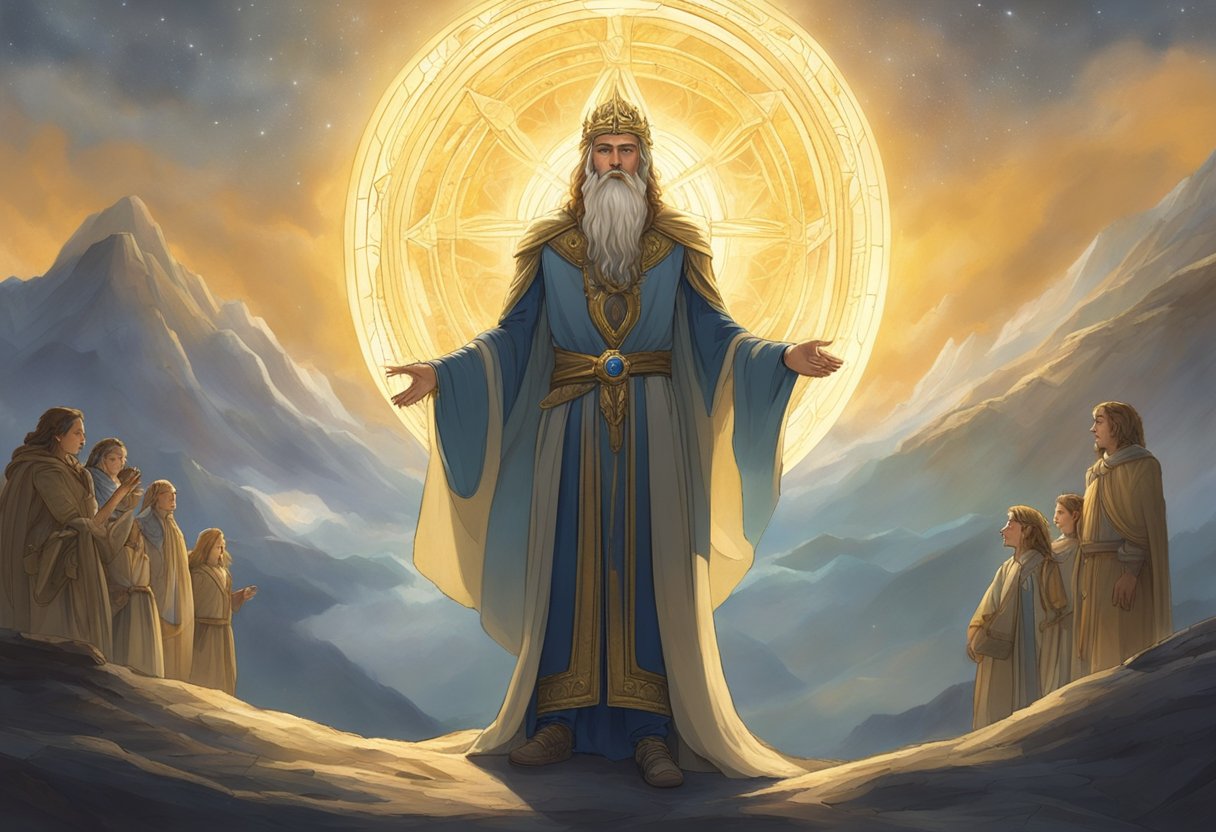
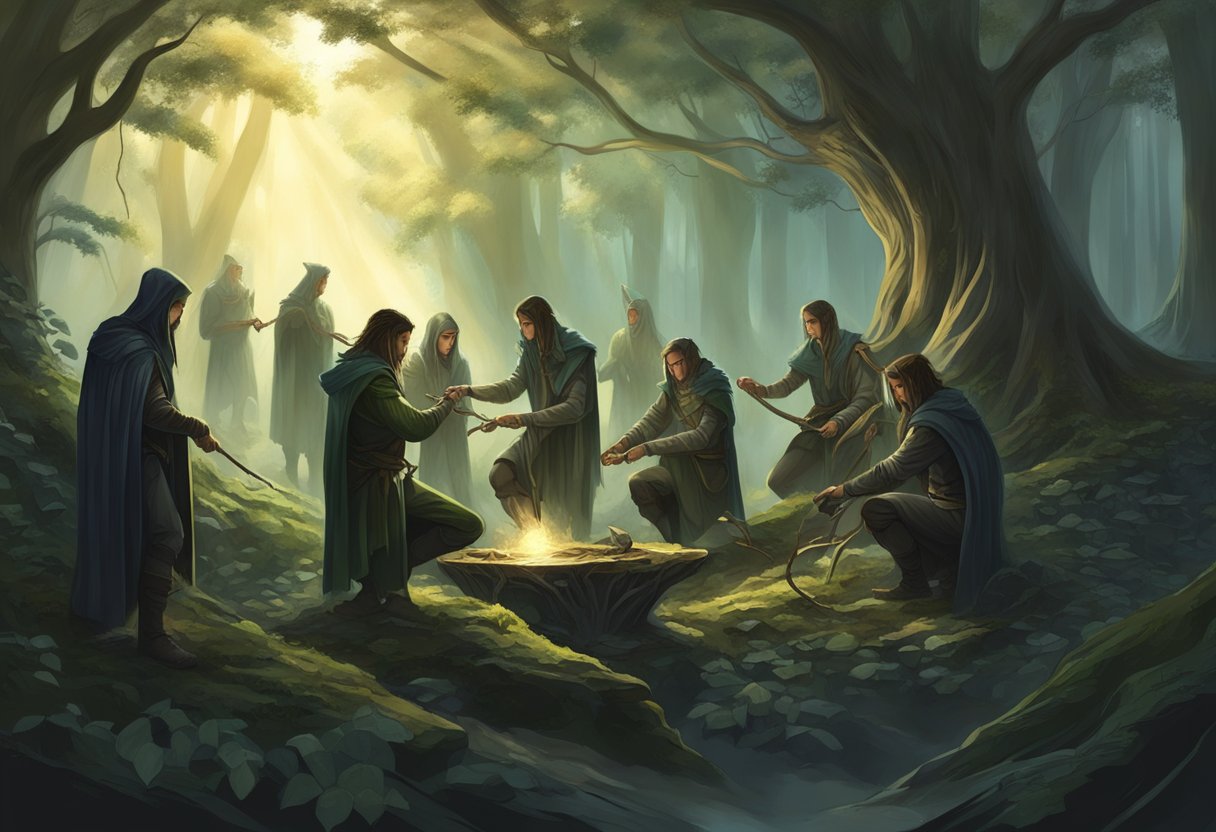
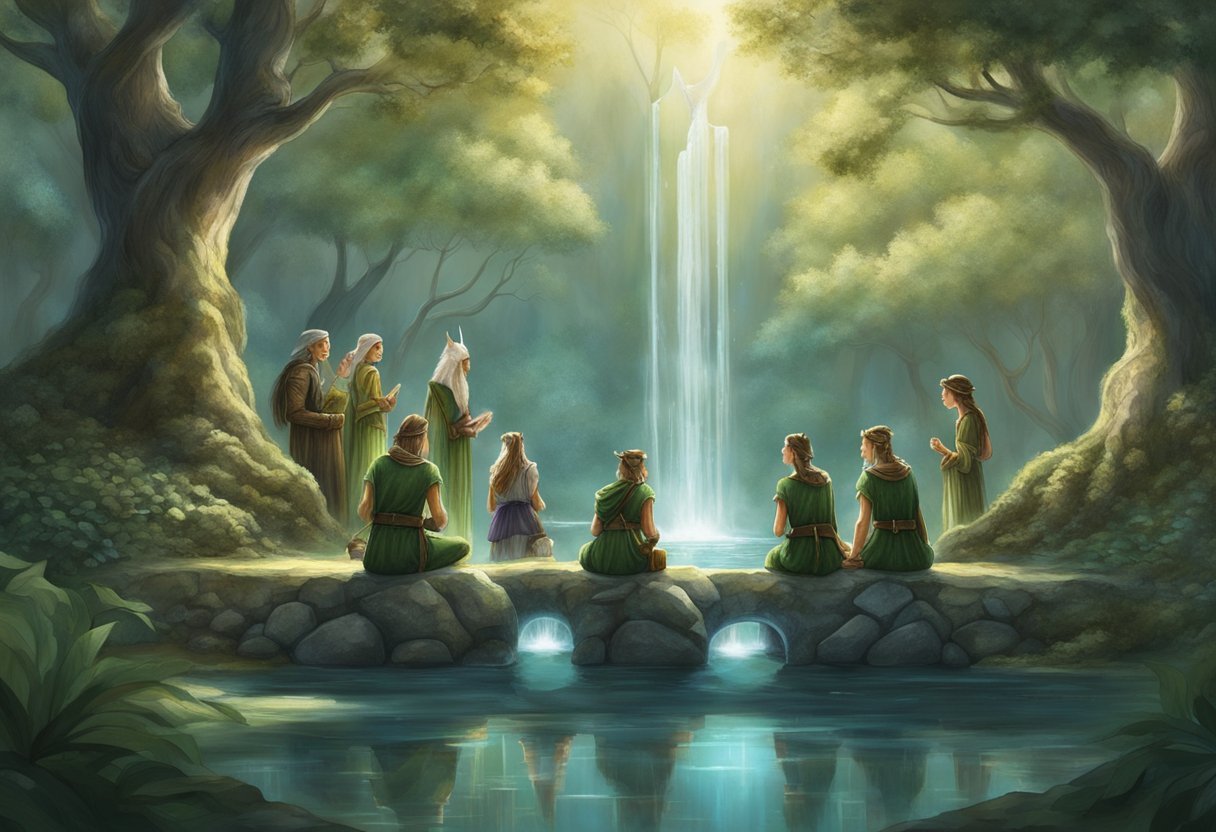
Leave a comment
This site is protected by hCaptcha and the hCaptcha Privacy Policy and Terms of Service apply.